The Source
The Nor Yauyos-Cochas Landscape Reserve (Reserva Paisajística Nor Yauyos Cochas - RPNYC) in the Central Andes of Peru is admired for its glaciers, wetlands, crystalline lakes and beautiful waterfalls. It is also the site of ancient spiritual traditions and hidden Inca vestiges; the Pariacaca mountain range, which dominates the Reserve, has been historically venerated as the source of water and life, and is still protected by locals as the spirit of the mountain (Apu in quechua language).
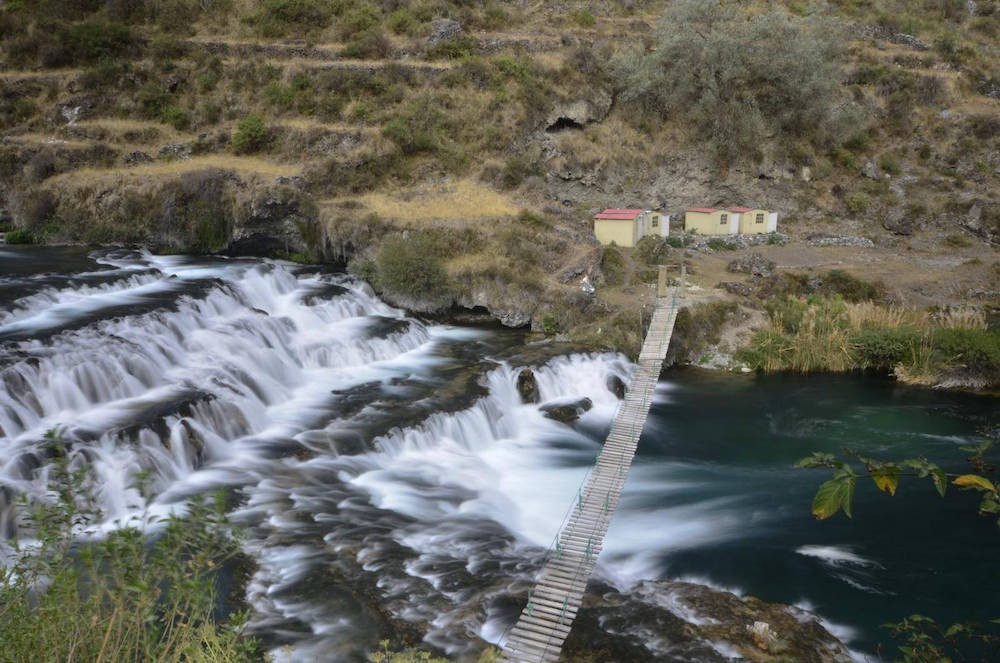
Here, the Cañete River is born, flowing from the Ticllacocha Lake for over 235km before discharging into the Pacific Ocean. The watershed is vast and spans three provinces within the Department of Lima: Cañete, Yauyos and Huarochirí.
Approximately 75% of the people in the basin live in Cañete province in the lower part of the watershed. This densely populated area is also the main beneficiary of the hydrological services maintained by upstream communities.
Maintaining upstream ecosystems for downstream benefits
Water yield and all-year water availability are the main ecosystem services provided by a functioning upstream ecosystem. The highest demand for water resources is concentrated in Cañete province, where waters from the Cañete River support agriculture, hydroelectricity, shrimp farming, recreation, and provide drinking water.
The International Center for Tropical Agriculture (CIAT) has been collaborating with the Peruvian Ministry of Environment (MINAM) since 2010 in the creation of a Reward Mechanism for Hydrological Ecosystem Services (MRSEH in Spanish) in the Cañete basin.
MRSEH is a benefit sharing mechanism. The basic principle is that upstream communities are rewarded for protecting the ecosystem services that provide water for downstream livelihoods. The goal is a win-win situation, where upstream communities benefit by maintaining resources that flow downstream.
The paradox
As part of this process, a multidisciplinary group of researchers from CIAT set out to study conservation and development priorities of communities in the upper part of the Cañete River watershed. This work was carried out under a WLE Innovation project, which aims to integrate stakeholder perspectives into the planning framework. The final aim of the participatory research was to include the needs and aspirations of people who maintain the upper basin ecosystems into the MRSEH, which is set to begin in 2016. Read the full briefing note with main results from the study.
The research unveiled a paradox experienced by upstream communities. While they contribute to the provision of functioning hydrological services downstream, they ironically face two main problems: 1) inadequate water access and water availability for agriculture and grazing activities; and 2) labor shortages due to outmigration.
So while the upstream communities are providing water for industry and livelihoods downstream, their own water and labor supply are in jeopardy.
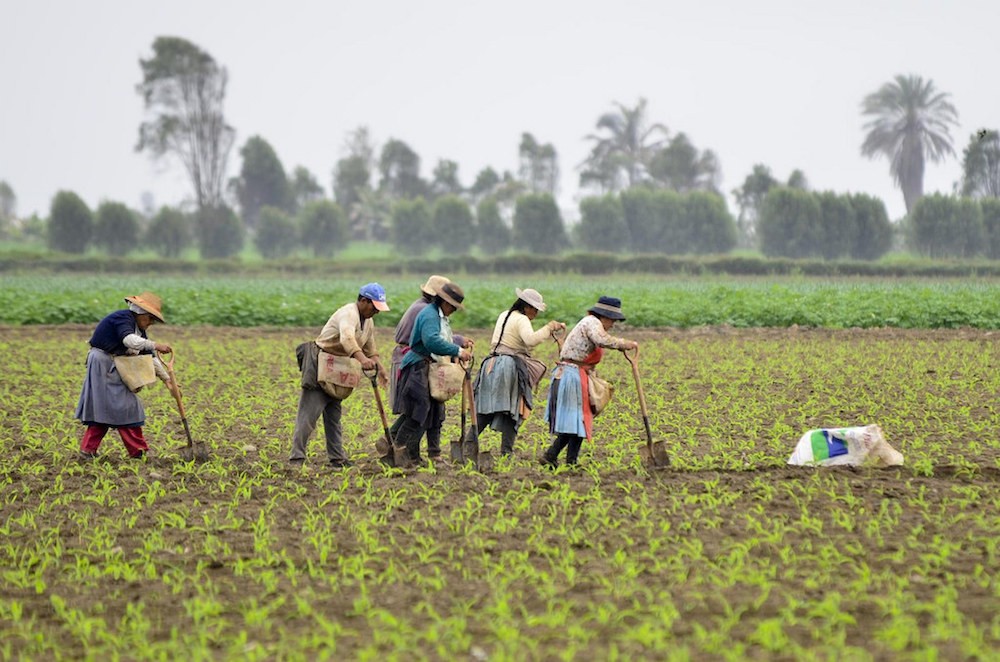
Why is there not enough labor?
Young people are leaving upland communities because working in agriculture does not offer the employment conditions they are looking for. Most often they migrate to cities or choose to work in local transportation and tourism services.
The effects of this outmigration are felt acutely and affect all aspects of life in the community.
The short-term consequence is a drastic shortage of labor in the upstream communities, which affects agricultural production and reduces the number of people available to maintain local systems of collective work (like harvesting and maintaining irrigation canals and local infrastructure). A long-term consequence is the abandonment of agricultural land, which could lead to a loss of agricultural biodiversity on fields, ancestral knowledge and traditional practices.
So how do we make sure both upstream and downstream communities benefit?
In search of local solutions, upstream communities are calling for interventions that would link them to markets. Some ways they propose to do this are fostering producer associations and improving production systems to add value to products at the local level.
These communities are proposing concrete solutions for the conservation of ecosystems and the maintenance of livelihoods within the protected area where they live. This area is of great strategic importance for the provision of ecosystem services downstream and for the conservation of high Andean biodiversity.
The implementation of MRSEH is just beginning and the findings of the participatory study are fundamentally important. Taking into account the needs, challenges and aspirations of people in the upper part of the watershed will support the choice of management practices to ensure conservation, recovery and sutainable use of natural resources. It will also give them the incentives they need to maintain functioning hydrological services for everyone in the basin.
Solving the problems of the communities of the upper basin can support the creation of jobs and opportunities in both upstream and downstream communities, leading to a real win-win situation.
Learn more
1. How can we manage ecosystem services for development outcomes? The Case of the Canete basin
2. Piloting Benefit-Sharing Mechanisms and Influencing National Policy in Peru




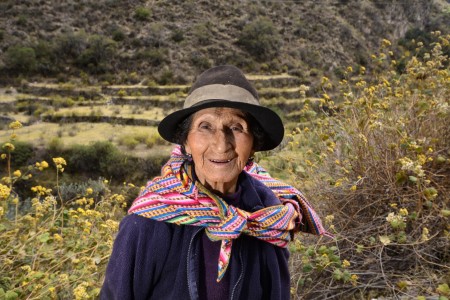



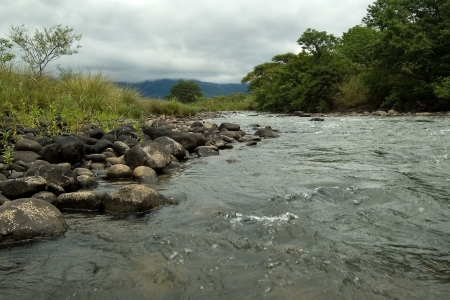







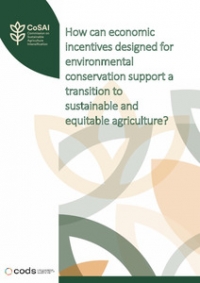
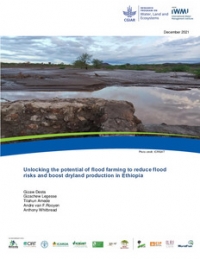
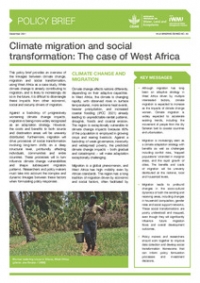
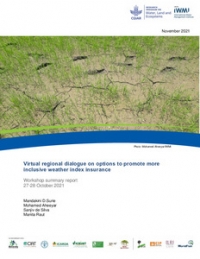
Comments
Water shortage is one of the big issue in current days. Low rainfall, deforest, unpredictable drought are causing for water shortages. Many countries are facing this issue very badly.
In India some builder like Radiance Realty are considering this issue ans as they have rain water harvesting and reusing drainage water for cleaning and other purpose. Radiance Realty MD entrepreneur <a href="Varun">https://varunmanian.info/about-varun-manian/">Varun Manian</a> , insisting his project need to be fullfil all this criteria so resident wont get any difficulties.